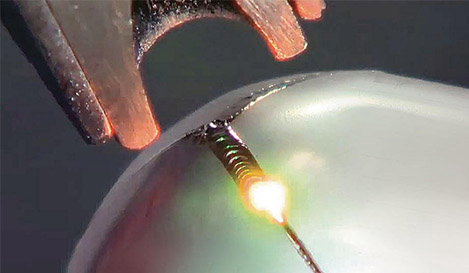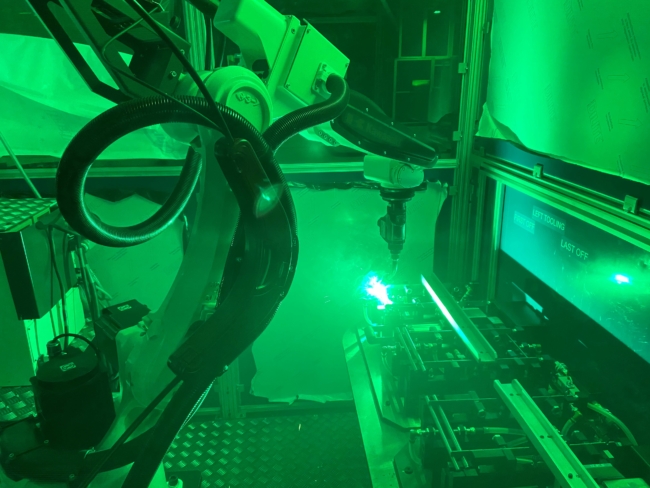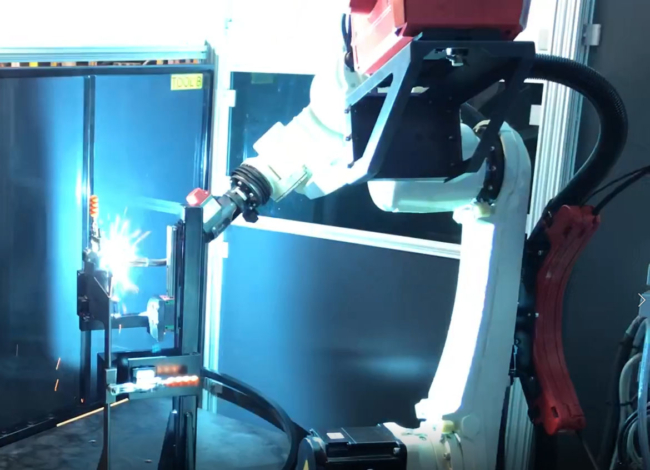What is laser welding?
Laser welding is a similar process to arc welding, but rather than using an electric arc, laser welding uses a concentrated laser beam. The concentration and power of the laser beam make laser welding an ideal solution to achieve deep material penetration that remains much narrower and can be completed much quicker.
Due to its lower temperature during the welding process, laser welding opens up more possibilities for welding together different materials that might otherwise be distorted through arc welding. The concentrated laser beam means that there is less spread of heat throughout the part and therefore a higher level of accuracy. Despite this, laser welding is a more expensive solution if more cost-effective methods could achieve the same results, Bauomat would ensure you were informed.
About our welding partnerships
After working in the industry for over 20 years, Bauromat has forged working partnerships with some of the industry's leading names. From the supply of robotic welding power sources themselves to welding essentials like torches, tip cleaning station gas-saving devices and seam tracking, your automation system will feature products of the highest quality. Not only that but our partnerships ensure the customer will have access to the support and expertise of a number of globally recognised industry leaders.
Our Partners
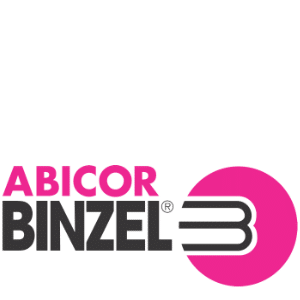
Abicor Binzel
Started in Germany in 1945 and originally selling just shrouded torches for MIG and TIG welding, Abicor Binzel is now globally recognised as a leading supplier of welding essentials. The company now manufacturers parts specifically for automated welding, and also includes great extras such as extractor systems to remove welding fumes from the working environment and gas-saving devices.
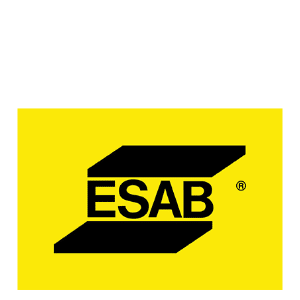
ESAB
ESAB was founded over 100 years ago in Sweden and is renowned for creating the world's first coated welding electrode back in 1906. Since then it continues to be a pioneer in the industry making constant developments in arc welding, ensuring products of the highest quality.
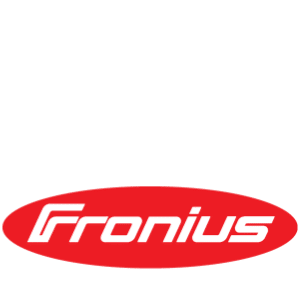
Fronius
Austrian company Fronius is recognised as one of the leading names in welding technology since it was set up following the second world war. It has been providing welding transformers since 1950 through its business unit ‘Perfect Welding’, with solutions for automated and manual welding. Fronius is also recognised for its CMT (Cold Metal Transfer) welding which enables the welding of aluminium parts.
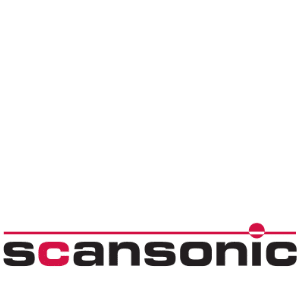
Scansonic
German company Scansonic provides one of the leading laser seam tracking devices in the industry. Used to give higher quality weld results, Scansonic laser seam tracking can be integrated directly into the robot to anticipate movements and ensures that the seam between parts is accurately followed at all times.
Want to Partner with us? Contact us below...
Arc & Laser FAQ's
The difference is the levels of heat and their cost. Laser is much less heat-intensive so doesn't distort materials, but it is much more costly than arc welding solutions. Both types of welding are suited to different applications and what one can do, the other necessarily can't.
BAURO-Arc is a range of standard spot welding systems that are ideal for a diverse range of applications and can be specified to suit a range of jobs.
Both types of welding have their advantages and disadvantages and it depends on the application. The laser uses much less heat than arc but is much more expensive whereas arc is generally the industry standard. Feel free to discuss this in more detail with your robotic system provider.
